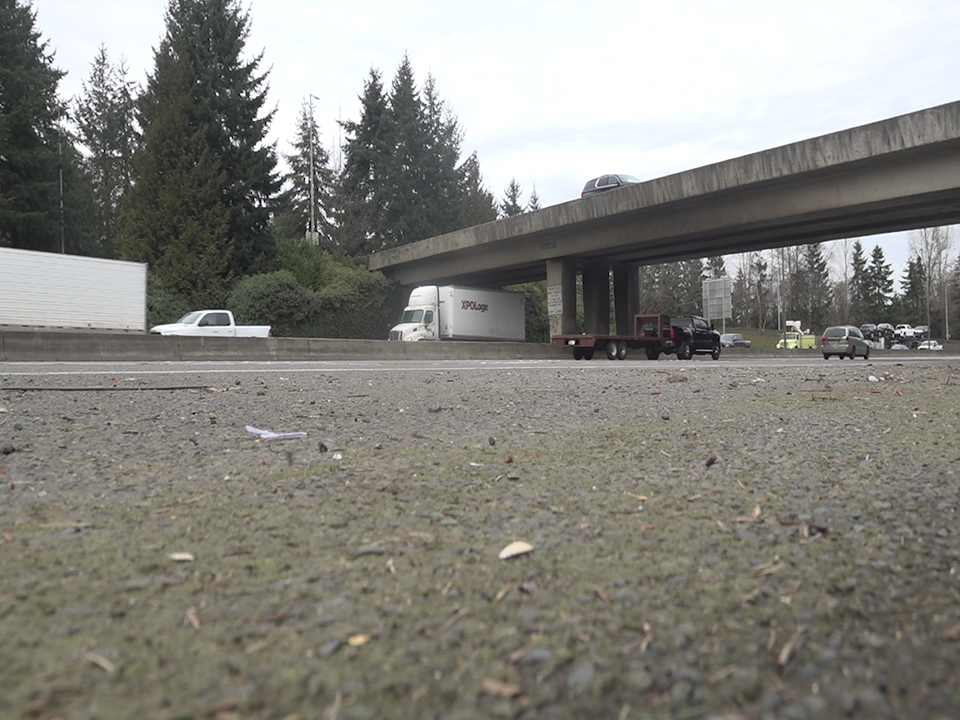Five Southern California communities have received federal grants totaling $3 million to help transform contaminated brownfield sites into safe lands for development, the U.S. Environmental Protection Agency announced.
The Orange County Transportation Authority received a $1 million grant to conduct environmental site assessments and clean up its 18.78-acre OC Connect site in Garden Grove and Santa Ana, which is believed to be contaminated by a former railroad and waste industrial. Part of the site is being considered for a future biking and hiking trail that would run along the former Pacific Electric right-of-way corridor, connecting the two city centers and to the Santa Ana River Trail and OC Loop bike path. throughout the county.
A $1.5 million grant will go to the Orange County Council of Governments, which will work with the cities of Anaheim, Orange, Santa Ana and Garden Grove and the nonprofit housing organization NeighborWorks Orange County to review and evaluate sites abandoned sites, gather community input, and develop plans to clean up contaminated plots.
OCCOG will focus much of its attention on three culturally diverse, mixed-income neighborhoods where residents face shortages of affordable housing and quality health care, and are disproportionately threatened by pollution: East Anaheim; the Marlboro neighborhood of Orange; the International West and Harbor Boulevard neighborhoods in Garden Grove; and Santa Ana's Harbor Boulevard neighborhood.
The council has already identified three sites of interest: a 2.2-acre former metal manufacturing facility, a 10,000-square-foot empty restaurant building and a 1.4-acre site that used to be the home of a furniture manufacturer .
NeighborWorks Orange County, which has provided homebuyer education, homeowner resources and real estate lending services since 1977 and has experience collaborating with local governments, will lead brownfield assessments and study some parcels as potential locations for construction of affordable housing, said its president and CEO. said Helen O'Sullivan.
“If we can do something to make that land available and safe to build on affordably, then we'll want to include that in the assessment process and then work with cities to plan for it,” O'Sullivan said. .
This is the first time OCCOG has received a federal grant to study and plan the cleanup of contaminated properties in Orange County, said Executive Director Marnie O'Brien Primmer.
But it would not be the first time that cities in the region have transformed inactive and previously contaminated land into homes. In 2001, the Anaheim Redevelopment Agency spearheaded the purchase and cleanup of the site of a former Kwikset Corp. metal coating plant that left behind oil, volatile organic compounds, polychlorinated biphenyls, lead and other toxins. That effort paved the way for the construction of a housing complex with more than 300 units and adjacent recreational space.
The City of Carson received its own $500,000 grant to conduct environmental site assessments in three census tracts where residents have been disproportionately affected by climate change, pollution, lack of affordable housing, health care, clean water and effective wastewater systems. Two parcels will have top priority: a former gas station and a former landfill where an automobile auction facility is located.
“Brownfields have long been a burden on our communities, and this funding will help clean up these areas and revitalize them into thriving community assets that help attract jobs and improve the quality of life for residents,” said Rep. American Nanette Díaz Barragán (D-San Pedro), who represents California's 44th Congressional District, which includes Carson, said in a statement.
EPA's Brownfields Program began in 1995 to remove toxic waste from blighted properties and prepare land for new uses. Its funding has increased thanks to a $1.5 billion injection from President Biden's Bipartisan Infrastructure Act and Justice40 Initiative, which aims to direct more federal dollars to communities beset by underinvestment and pollution.












